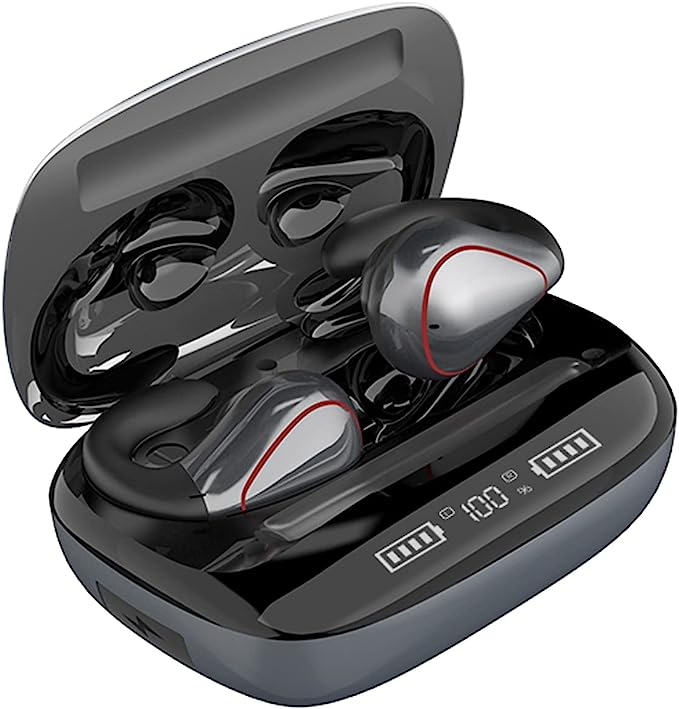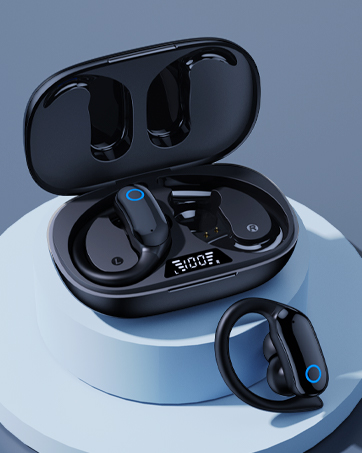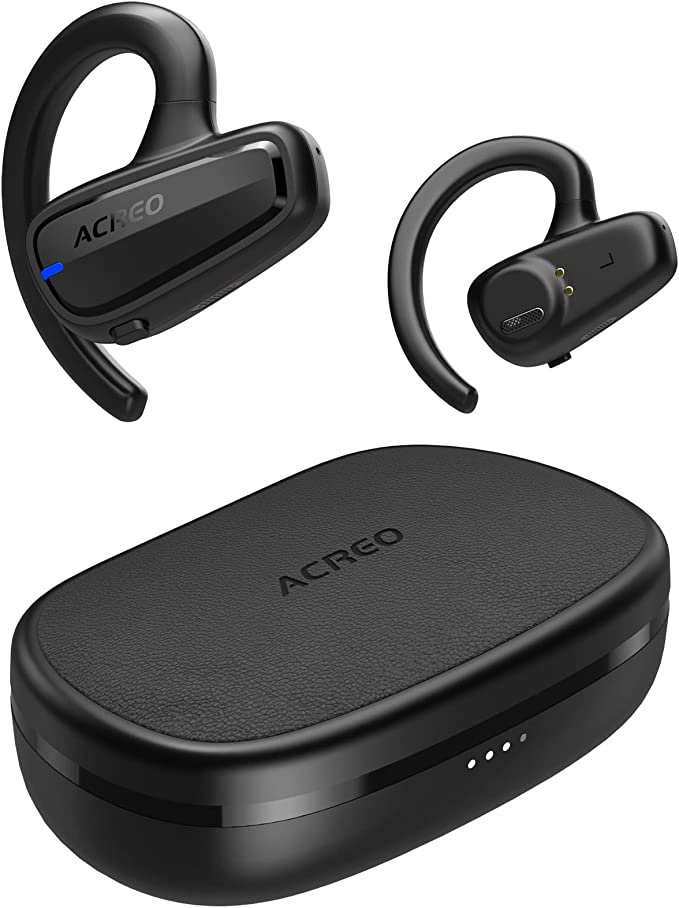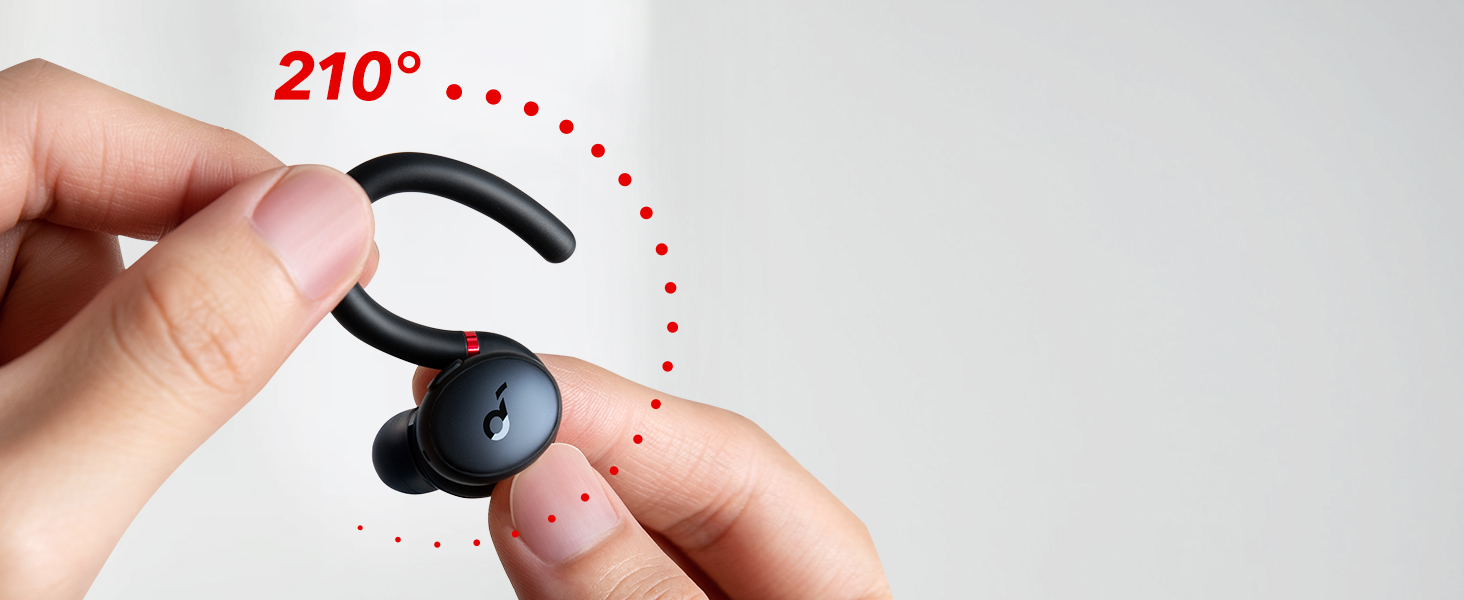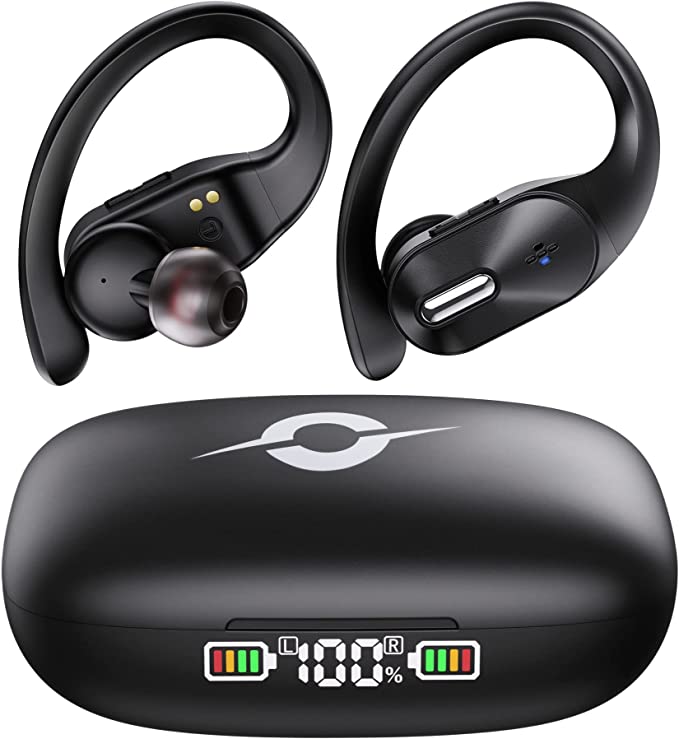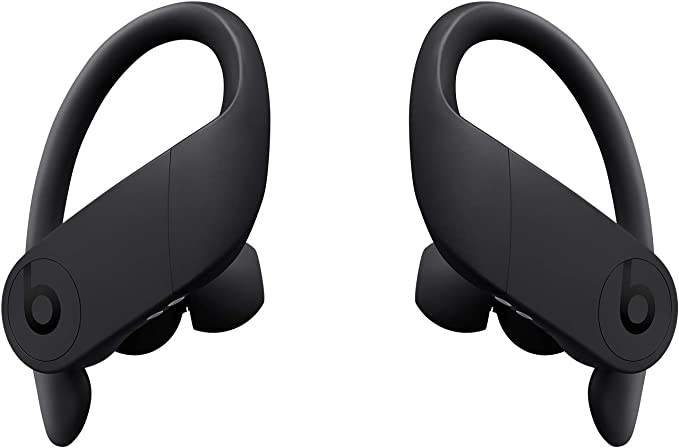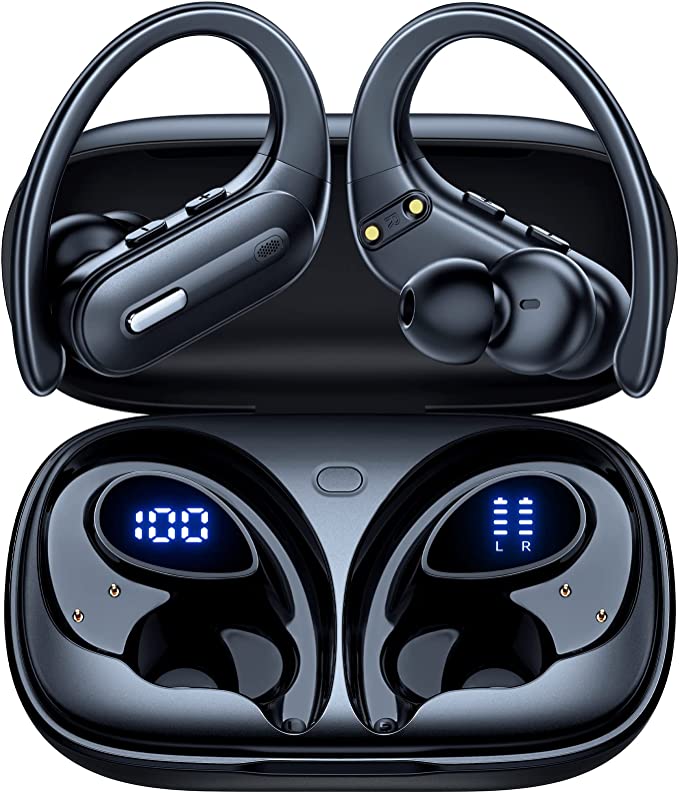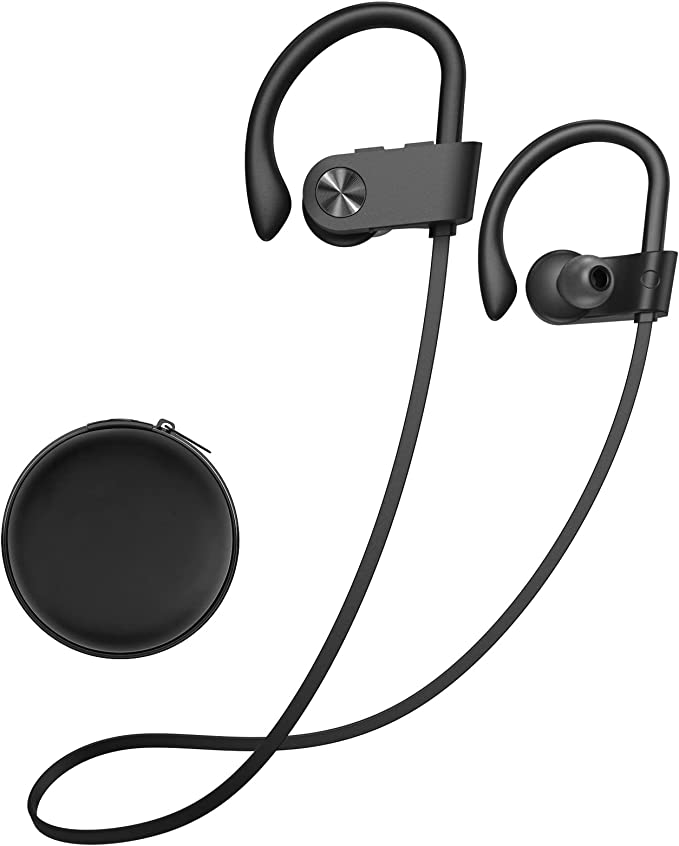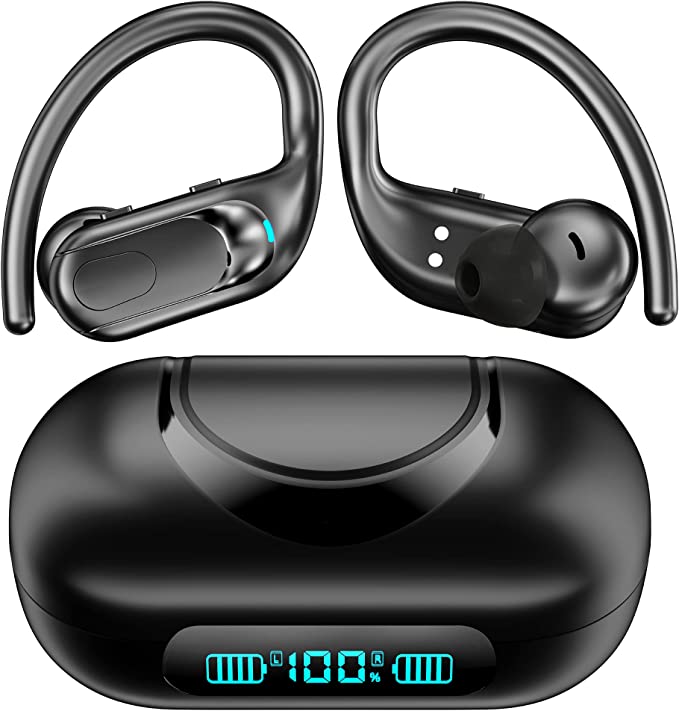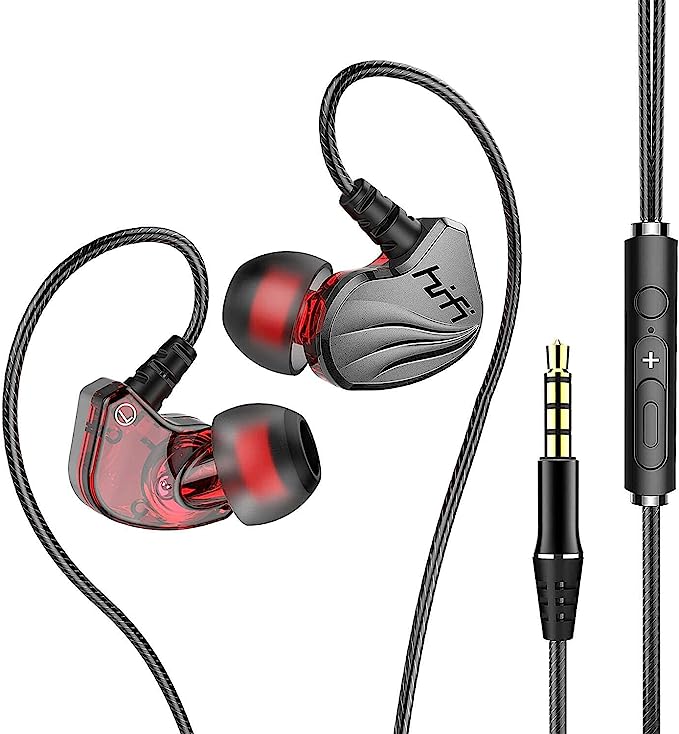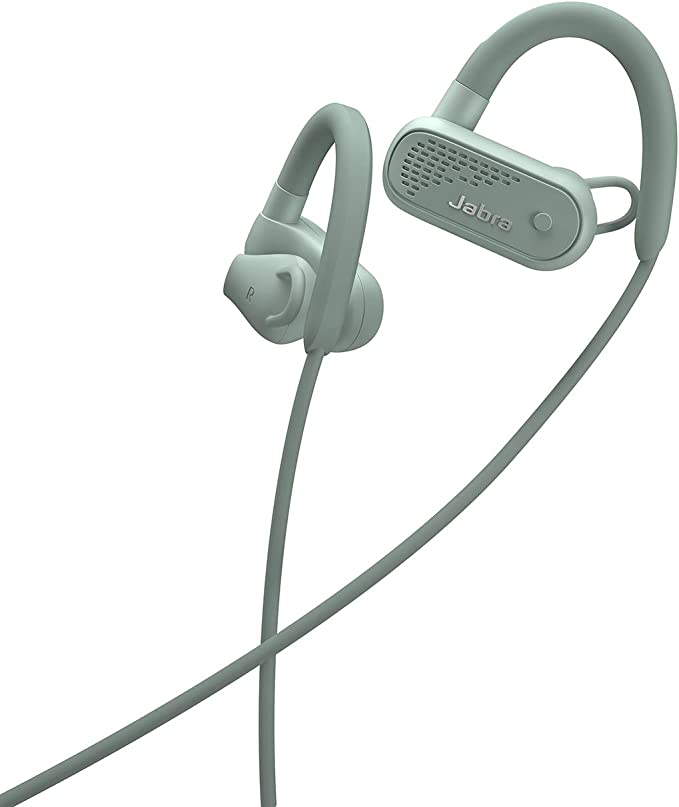Sennheiser Sport True Wireless Earbuds: A Premium Sound Experience for Active Lifestyles
Update on June 28, 2025, 8:02 a.m.
There’s a private battle that plays out in the mind of every athlete. It’s the rhythm of your heart pounding in your ears, the metronomic cadence of your feet on the pavement, and the driving bassline of a song pushing you toward a new personal best. But in the background, another world exists: the distant hum of traffic, the sudden whir of a cyclist passing, the sharp clang of a dropped weight in the gym. This is the athlete’s audio dilemma—a constant negotiation between the motivating power of sonic immersion and the non-negotiable need for situational awareness. For decades, the solution was a crude compromise: turn the volume down or pull an earbud out. But what if the solution wasn’t a compromise at all, but a feat of engineering? Let’s dissect how the Sennheiser Sport True Wireless earbuds approach this challenge not as a single problem, but as an integrated system of physics, ergonomics, and acoustics.

The Foundation: Engineering a Zero-Budge Fit
Before we can even talk about sound, we have to address the most fundamental, physical challenge of any workout earbud: will it stay in? It’s a question that can dominate your focus, turning a meditative run into a frustrating fiddle-fest. The engineering answer here is rooted in biomechanics, treating the human ear not as a simple hole, but as a complex, three-dimensional landscape.
The design employs a two-part “lock and key” system. The soft silicone ear tips (the “key”) come in three sizes to create a snug, sealed fit within your ear canal, which is essential for both stability and optimal bass response. But the real anchor is the collection of four different-sized ear fins (the “lock”). These small, flexible wings aren’t just for show; they are ergonomically designed to press gently against the concha, the bowl-shaped hollow of your outer ear. By creating this secondary point of contact, the fin acts as an anti-rotation brace, distributing pressure and effectively locking the earbud in place.
How effective is this? One user, a self-described professional trampolinist, reported that even during “high speed flips and jumps these didn’t budge!” This is a testament to an ergonomic design that works with the body’s natural structure, rather than just fighting against gravity.
Completing this physical foundation is the earbud’s “all-weather armor”: its IP54 rating. This isn’t just a marketing buzzword; it’s a specific standard from the International Electrotechnical Commission (IEC). The “5” means it’s protected against dust ingress sufficient to prevent interference with its operation—perfect for a dusty trail or a sandy beach. The “4” signifies protection against water splashes from any direction. In real-world terms, this means it’s built to withstand the corrosive effects of a hard workout’s worth of sweat and an unexpected downpour. The fit is the anchor, and the IP rating ensures that anchor holds, no matter the conditions.

The Control Room: Mastering Your Acoustic Reality
With the earbuds securely in place, we can now tackle the core dilemma: managing the soundscape. This is where Sennheiser’s most innovative feature, Adaptable Acoustics, comes into play. It’s a system that gives you direct control over the laws of physics governing your hearing.
First, let’s address the bane of many earbud users: the occlusion effect. To understand this, simply plug your ears with your fingers and speak. Your voice sounds boomy, resonant, and inside your head. This happens because sealing the ear canal traps low-frequency sounds that are conducted through the bones of your skull—like your footsteps, your breathing, your own voice. It can be incredibly distracting. The Open ear adapters are the ingenious solution. They feature tiny, precisely engineered vents that allow a small amount of air and sound to pass through. This “controlled leak” doesn’t just let in crucial ambient sounds for safety; it releases the trapped pressure that causes the occlusion effect, resulting in a far more natural and comfortable experience, especially during high-impact activities like running.
But what about when you want to block the world out? In the cacophony of a busy gym, focus is key. For this, you switch to the Closed ear adapters. These create a solid seal, transforming the earbuds into powerful tools of passive noise isolation. Think of it as the difference between opening a window to hear the street and closing it to enjoy the quiet inside. This physical barrier significantly reduces the intrusion of external noise, allowing the music to take center stage.
This physical swap is powerful, but it’s only half the story. Changing the acoustic properties of the ear canal so drastically would normally ruin the sound balance. This is where the digital handshake with the Sennheiser Smart Control App becomes critical. The app has dedicated equalizer presets that are specifically tuned for either the Open or Closed adapters. It electronically compensates for the physical change, re-balancing the audio signature to ensure that whether you’re in full-awareness or deep-immersion mode, the sound remains clear, rich, and tonally correct. This synergy of hardware and software is the true heart of the system.

The Engine: The Sonic Heartbeat of Your Workout
With fit secured and environment controlled, we arrive at the ultimate purpose: the sound itself. The emotional engine of these earbuds is the Sennheiser TrueResponse transducer, a 7mm dynamic driver developed from the company’s 75-year legacy in professional audio. This isn’t just a generic, off-the-shelf component; it’s a piece of miniature engineering designed to move air with precision and power.
Its specified frequency range of 5 Hz to 21 kHz extends beyond the typical range of human hearing (roughly 20 Hz to 20 kHz). While you may not consciously “hear” 5 Hz, you will feel it. It translates to a visceral, sub-bass kick that can drive motivation during a heavy lift. At the other end, extending to 21 kHz ensures the reproduction of delicate high-frequency details—the shimmer of a cymbal, the breath in a vocalist’s performance—that add clarity and life to the music. This is why users report a sound that is both “amazing” and possesses a “nice deep and rich bass,” a quality often reserved for much larger, over-ear headphones.

The Verdict: More Than Parts, An Engineered Philosophy
In an industry often focused on adding more features, the Sennheiser Sport True Wireless stands out for its deliberate focus on solving core problems with elegant, systematic engineering. The magic here isn’t in a single specification, but in the interplay of the whole system: the biomechanical lock of the fit, the physical control of the acoustic environment, and the digital precision of the software, all serving a high-performance audio engine.

This focused design philosophy does involve trade-offs. The emphasis on a sealed fit for music means the microphones for calls may not be as exposed or optimized as those on a business-focused headset, which helps explain some user feedback on call quality. But that’s the point. This is not a do-everything device; it’s a purpose-built tool. It’s an engineered answer to the athlete’s audio dilemma, offering not a compromise, but a choice—the power to control your reality, one workout at a time.
